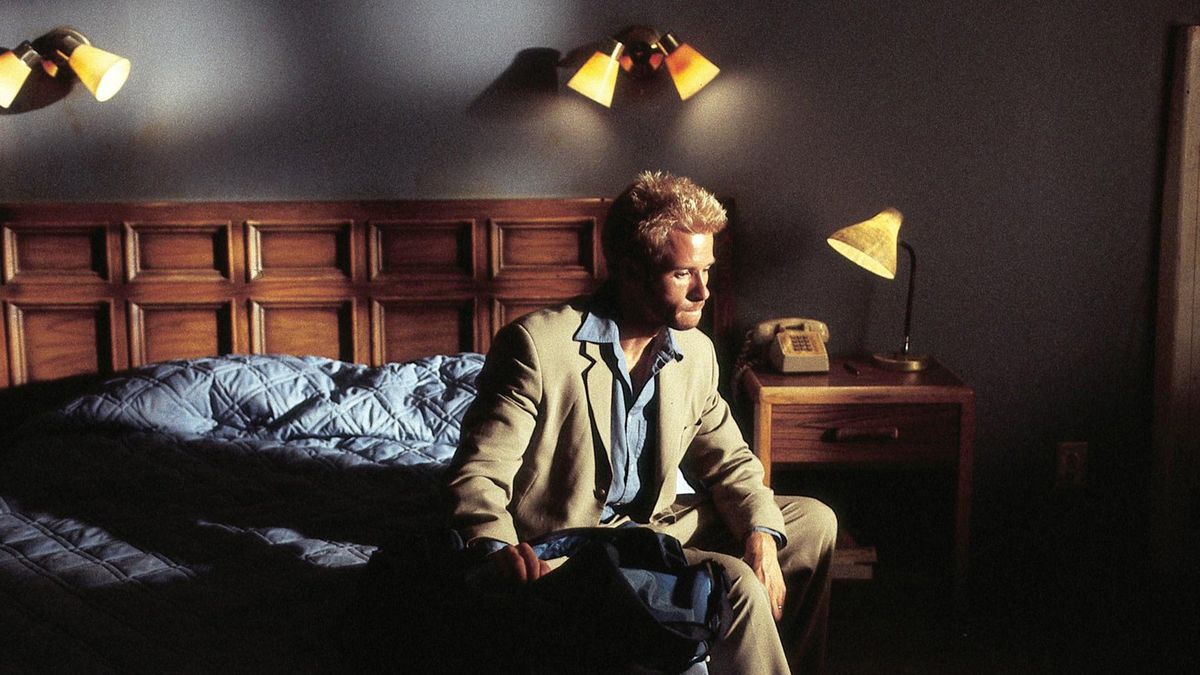Our Korsakow project is done and dusted. We gave it our best go – the program was unfamiliar to all of us, so hopefully it’s an interesting experience for the viewer. We’ve learned a lot.
We responded to modularity through Korsakow, by creating an interface that allows the user to pick the type of boredom they want to explore next. Each type contains two fragments, which each have one life. The user is then looped back to the home page, allowing them to pick the next section. These separate and simultaneously conjoined pieces make up our film. The variability comes in trying to create a balance between fiction and non-fiction for viewers by creating one of each fragment per type of boredom. Our fictional elements were themed as 50s instructional video parodies, trying to create some levity in an attempt to counterbalance the non-fictional elements that might come across as, well… boring.
In terms of what I learned from the experience; it’s difficult to think outside of the box. Traditional forms of filmmaking and storytelling exist for a reason. Not that we tried anything too bizarre, but I remember early conversations within our group about creating a nonlinear narrative with different user options. We realised it was unachievable within the time frame – even contemplating it and creating different fragments for something that is supposed to come together made me admire films like this even more. Memento (2000) is a great example.

Memento (2000, Christopher Nolan)
I feel as if I now have a much better understanding of Korsakow and its intended use however. We had an perception early on that these complex narratives with all sorts of interactivity was what was expected of us. Our presentation feedback may have led us astray a little bit, as we started worrying about how our film would be interactive. However, as our project continued to develop, we were told to just create fragments first, and worry about combining them later. Our project still ended up with a somewhat structured feeling, even though there is interactivity and variability. For our final project I really would like to make something that gives each viewer a truly unique experience they can interpret. I feel as if this is really Korsakow’s strength and what makes it distinctive.
Many loose ends remain regarding our theme of boredom. I feel as if we portrayed boredom, but only scratched the surface of the topic. Why is the experience of boredom unpleasant to us? Why does the lack of meaning or direction make us feel empty? As we discussed in our presentation, a modern take on this subject matter could be super interesting. Our society’s current fixation on having to be engaged with something throughout the entirety of our waking lives is fascinating to me – I’ve grown up with this generation that is almost hypnotized by screens.
It could be so interesting to me because I want the answers for myself: why do I feel the need to sit in bed watching something until I can barely keep my eyes open? However, it does feel like a natural progression for the topic, and a bit less broad. I’m happy with what we’ve done on this project, but I’m also excited to dig into the different ways we can expand on the matter through different fragments that are a bit more vague and up for interpretation.
